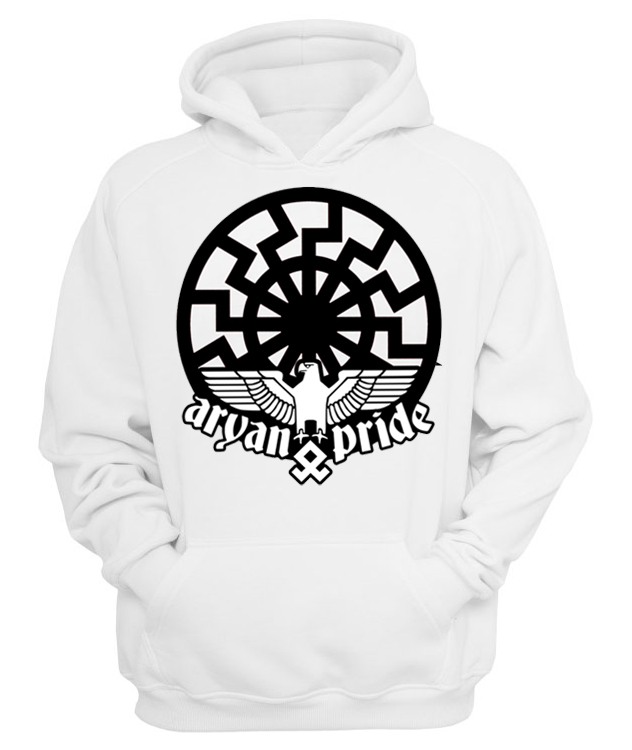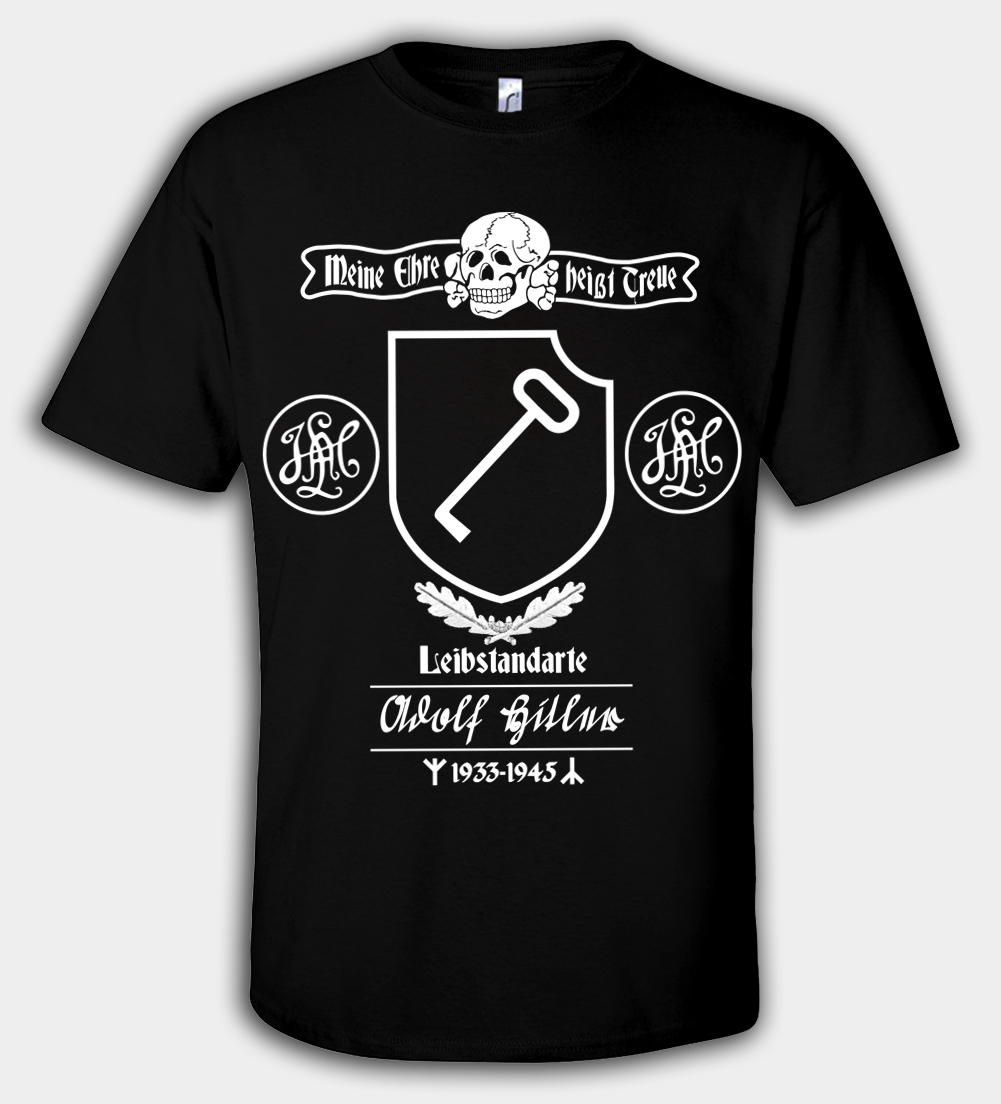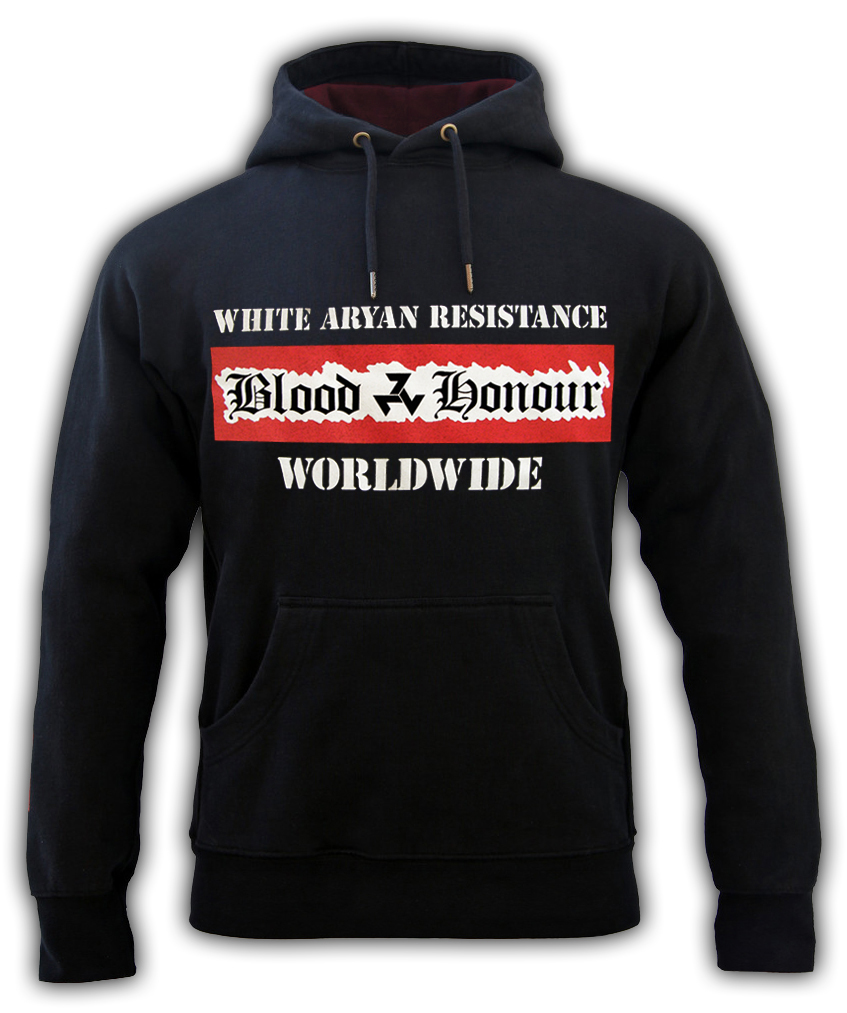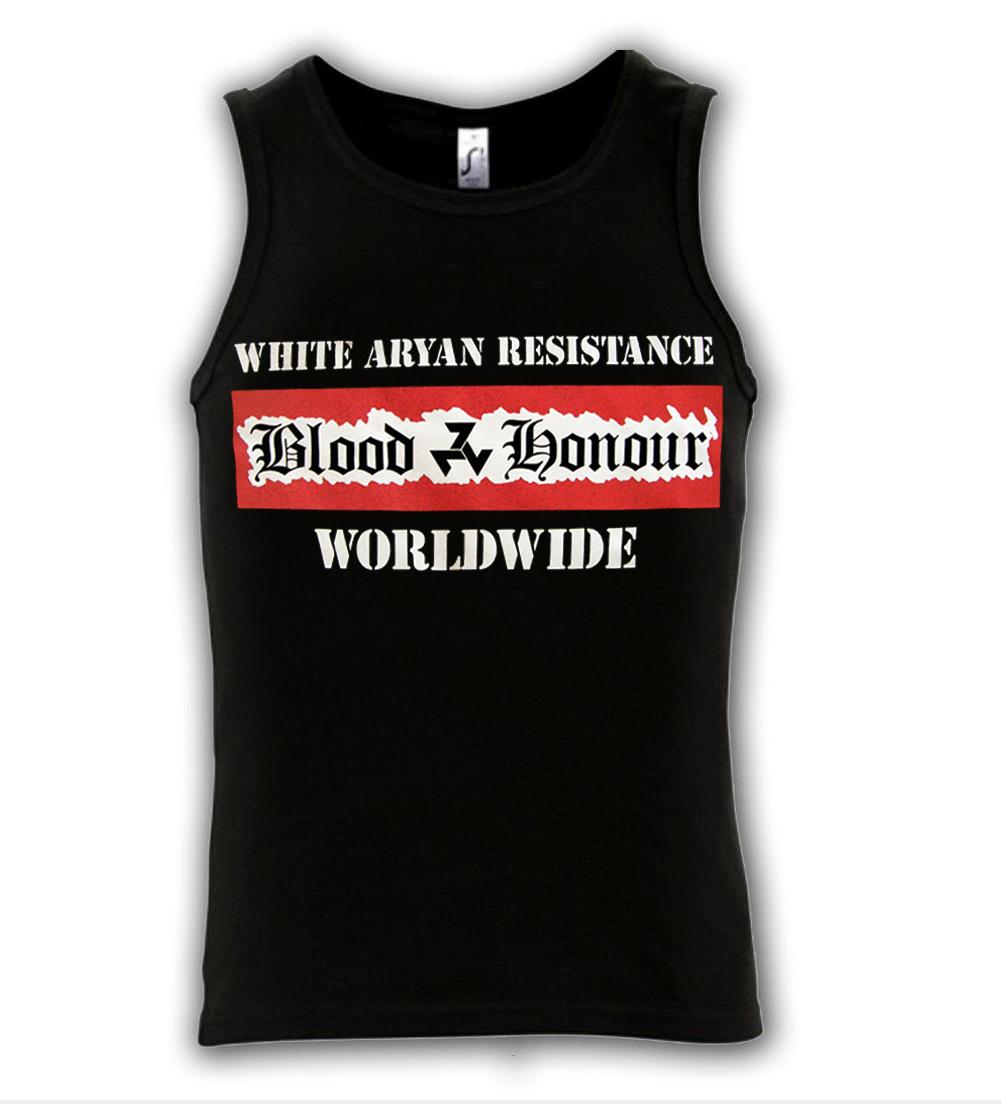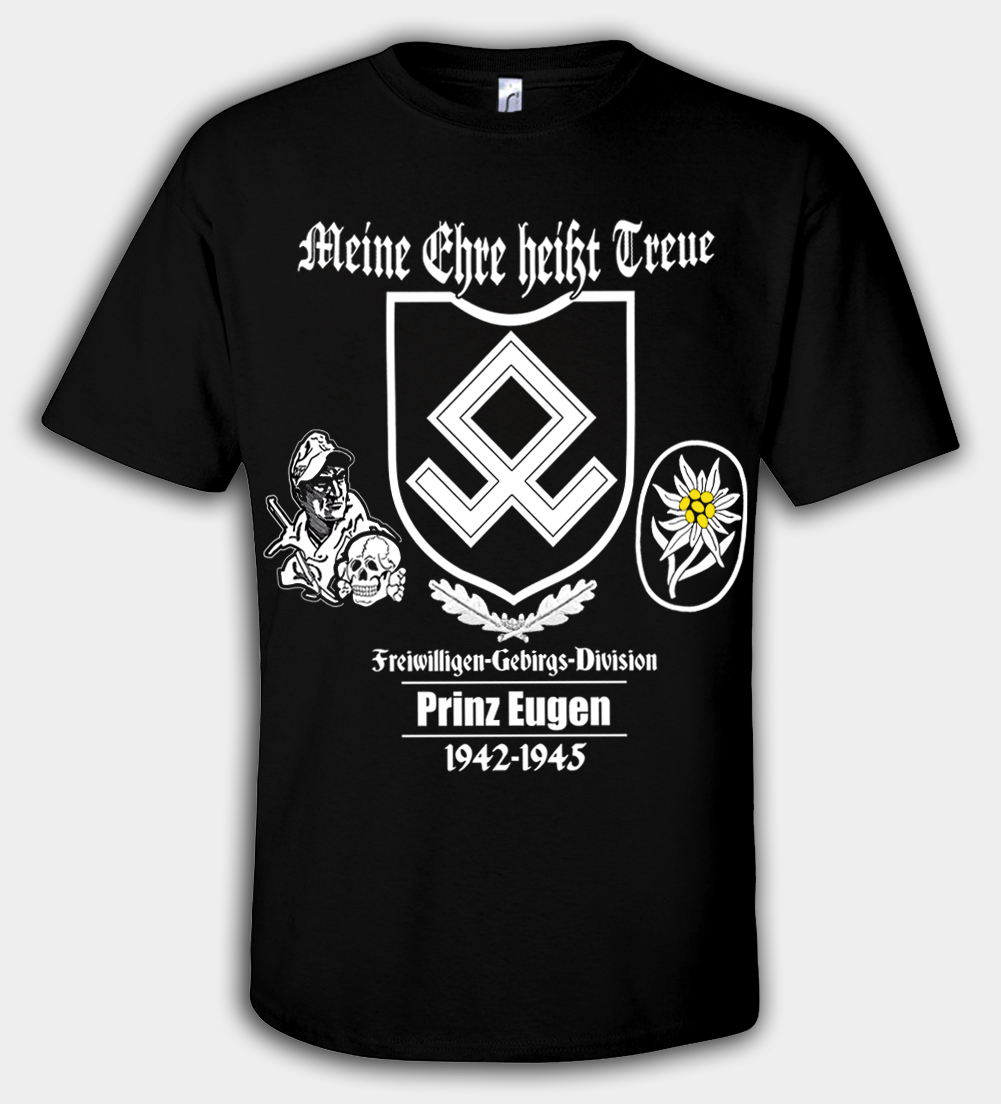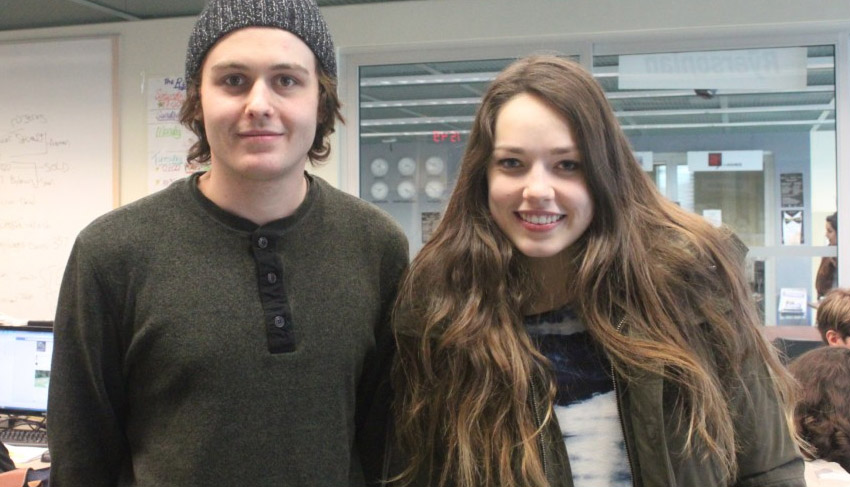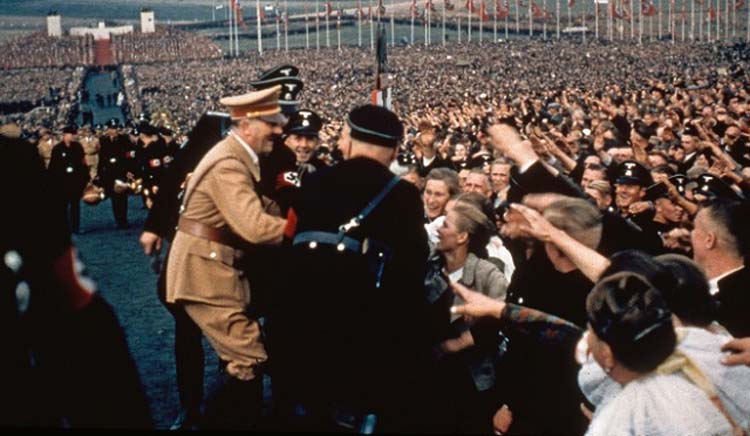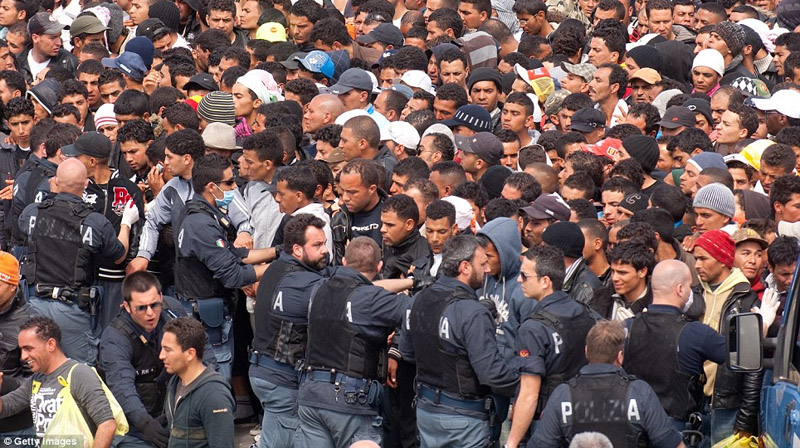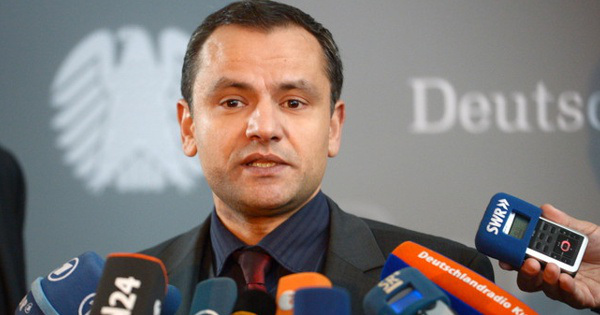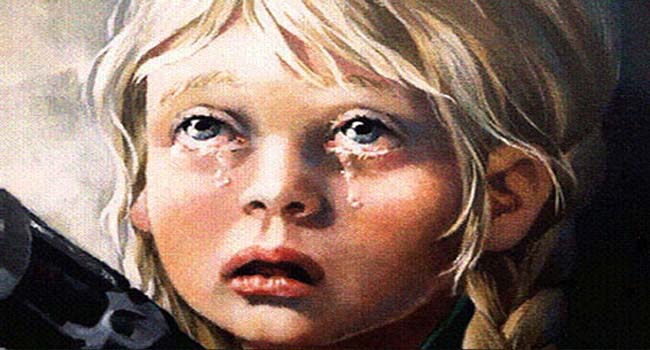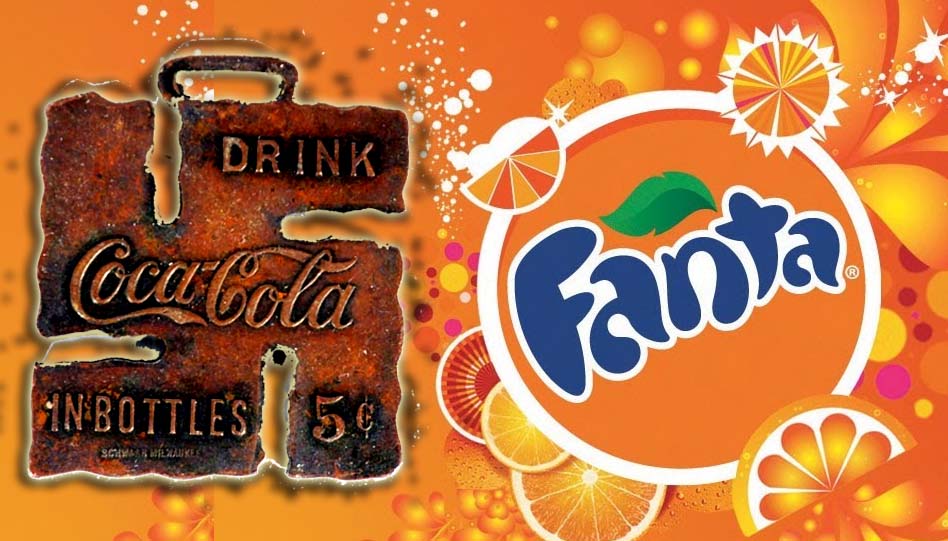Back for Thor: How Iceland is Reconnecting with its Pagan Past
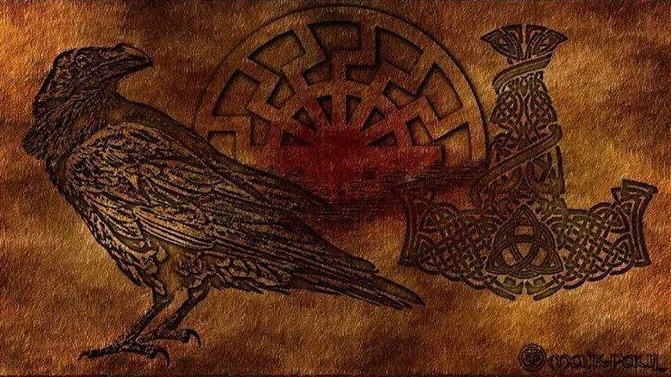 On Thursday, Hilmar Örn Hilmarsson, who lives near Reykjavík, flew to the tiny fishing town of Höfn on Iceland’s coast to conduct a marriage ceremony.
On Thursday, Hilmar Örn Hilmarsson, who lives near Reykjavík, flew to the tiny fishing town of Höfn on Iceland’s coast to conduct a marriage ceremony.
He is not a churchman or a registrar; in fact, he is a pioneering film composer and musician who has collaborated with Sigur Rós and Björk among others. But thanks to his position as high priest of Iceland’s neo-pagan Ásatrúarfélagið or Asatru Association, he has an authority formally recognised by the Icelandic state to conduct marriages, name children and bury the dead.
The ceremony itself, Hilmarsson said shortly before departing, would be a simple one: after performing a hallowing ritual to sanctify the space, he would read from one of Iceland’s celebrated epic poems and then invoke three ancient Norse gods and, “as a countermeasure”, three goddesses including the fertility deity Freyja. The couple would then grasp a large copper ring and make vows to each other, and that would largely be that. “It’s a short ceremony; there’s no preaching because the idea is it’s the couple who are marrying themselves, and I just sanctify that.”
Hilmarsson has conducted more than 200 weddings during his time as high priest, but he and the Norse pantheon of Thor, Odin, Freyr and Frigg are likely to find themselves even busier in future. In the 12 years since he took over its leadership, membership of the Ásatrúarfélagið, which the Icelandic government recognises as a formal state religion, has increased sixfold. In March, after decades of planning, the group will start building what is almost certainly the first temple to the pagan Norse deities since Iceland was officially converted to Christianity in 1000AD.
Not that this is a religion like many others. He may be building a temple to Thor and his fellows, but Hilmarsson says he doesn’t pray to the Norse gods or worship them in any recognisable sense, nor does he believe in the literal truth of the texts – the treasure-trove of 13th century Icelandic “Eddas” recording the mythology of earlier times – on which the religion is based. He cheerfully admits that the rituals and blods or gatherings that the group practises are no more than creative reimaginings of how pre-Christian Norse people related to their deities.
“So yes, it’s partly a ‘romantiquarianism,’” he says of his faith. “But at the same time, we feel that this is a viable way of life and has a meaning and a context. It is a religion you can live and die in, basically.”
Happily for him and the group’s 3,000 members, the Icelandic government agrees, meaning that the organisation is entitled to a share of the religious taxes that each Icelandic citizen is obliged to pay. The result, after more than a decade of careful saving, will be the wooden-clad new temple or hof, built on a quiet section of Reykjavík’s shore with a wall of south-facing glass designed to capture the rising and setting sun on the shortest day of the year.
There, the group will gather for weekly study and for the five main feasts of the year when, under the leadership of a robe-clad Hilmarsson, they will gather around a central fire, recite the poems, make sacrificial drink offerings to the gods – unlike some pagan groups they do not practise animal sacrifice – and feast on sacred horsemeat. (Is it roasted on the fire? “Oh no,” laughs Hilmarsson. “We have caterers.”)
By the time the Icelandic Eddas were written down in the 13th century, an active belief in the pantheon of historic gods they describe was already archaic. For centuries, however, the Viking world from Iceland to the Black Sea had been shaped by belief in the central world-tree of Yggdrasil, the hammer-wielding god Thor, the one-eyed, raven-attended Odin and a host of elves, trolls and nature spirits. Rosa Thorsteinsdóttir, a folklorist at the University of Iceland’s Institute of Icelandic Studies who has been collecting and archiving the country’s oral legends, says it is impossible to know whether the pre-Christian stories survived in the oral folklore after the country’s conversion, but even after a millennium of Christianity, nature beliefs never quite died out. “People tell fairy stories of the hidden people; there are nature spirits that walk over the country and you should not disturb them. These stories are alive.”
Her own name, she notes, is derived from Thor’s stone – “there are many, many names in Iceland linked with Thor”.
Interest in the Norse myths revived, as elsewhere, in the late 19th century, and again in the spiritually conscious 1960s and early 1970s, when the Edda manuscripts were returned to Iceland from Denmark.
The reason for the recent flowering in neo-paganism among Iceland’s young is less easily explained, however. On a mild Wednesday evening in central Reykjavík, a group of a dozen or so members have gathered for the organisation’s weekly reading group, to pore over the elder Edda. Several of those present are in their 50s, but more than half are twentysomethings. The atmosphere is less that of a ritualised session or religious prayer meeting than a lively Chaucerian study group with beer and biscuits, in which members interrupt a lively debate to share their delight in a favourite image or metaphor.
Linus Orri, a thoughtful 25-year-old environmental activist, says he thinks the group’s appeal lies in the fact that “in a world that is quite artificial, here there seems to be an interest in the real, something authentic – whether that’s searching for some older wisdom or the truth about how society was, or whether it’s [our] commitment to nature, I can’t really say”.
“Also, the group is so incredibly inclusive. You get a really unpretentious group of people for some reason. Nobody would pretend to be having a conversation with Thor, for example.”
For Sólveig Anna Bóasdóttir, a professor of theology and ethics at the University of Iceland, the growth of paganism may be explained by the country’s complicated relationship with religion – in one sense, Iceland is a highly secular society, but she says 90% of 14-year-olds still undergo confirmation in the state Lutheran church, which remains rich and powerful thanks to the country’s religious taxation.
“In Iceland we don’t really have this situation with the evangelical churches on the rise. Rather, it would be these alternatives that are quite moderate, like the Ásatrúarfélagið, that hold the appeal. People respect them.”
The country’s financial crisis since 2008 has been another factor, says Sigurboði Grétarsson, a musician and active member in his 20s.
“We don’t have a separation of church and state. While our healthcare is in the drain, the church is getting millions and millions. People are getting fed up and wanting to go back to heathenism, to the roots.”
Popular products:
Recent news:
- White Students Turned Away from “Anti-Racism” Seminar for Being White
- Greek PM Warns of "Far-right Threat" in Europe
- The Dark Side of the "Liberation of Europe"
- "Former Republics of the USSR are on their Way to a Nazi Revival", Says Influential Zionist Group
- Mein Kampf: The world’s most dangerous book?
- Xenophobia Rising: Rome Removes Africans from Refugee Centre Besieged by Nationalists
- "If Jews Leave, Europe will Face Economic Disaster", Jewish Leader Warns
- Angry, White and Proud: New Documentary on English Nationalism (VIDEO)
- Golden Dawn Leadership to Stand Trial on Hitler’s Birthday
- Wreck of Kriegsmarine U-boat Located in Java Sea
- Germany’s Biggest Anti-Racism Crusader Pleads Guilty to Child Porn
- Dutch "Multicultural" Students Resist Holocaust Education
- In Germany, Fanta Ad that "Forgets Evil Nazi Past" is Pulled
- Dutch Police Investigate Sale of Soap Supposedly Made From Jewish Holocaust Victims’ Remains
- In London, Teacher Fined For Posting Hitler Picture With Words "You Were Right"
- Falsely Accused Czech Publishers of Adolf Hitler Speeches Seek Compensation
- Race Riots Coming to Toledo: National Socialists Plan Return for Demonstration after a Decade
- VIDEO: Nationalists Confront Antifa Protesters at Arizona State University
- Italians are Resisting Mass Non-White Immigration
- "Jews using Holocaust to Suck the Blood of Germans," Egypt TV Host Says (VIDEO)
- UK: "This Flat is for Blacks Only": Shocking Racist Campaign to Force White Mum Out of Home
- Norway Deports Record Number of Muslim Immigrants
- Italian Anti-Immigration Rally Draws Thousands of Nationalists in Rome
- Anti-Semitism Spreading Across Europe, Says Study
- The Witch Hunt Continues: Ex-SS Medic, 94, Charged with Mass Murder against Jews

